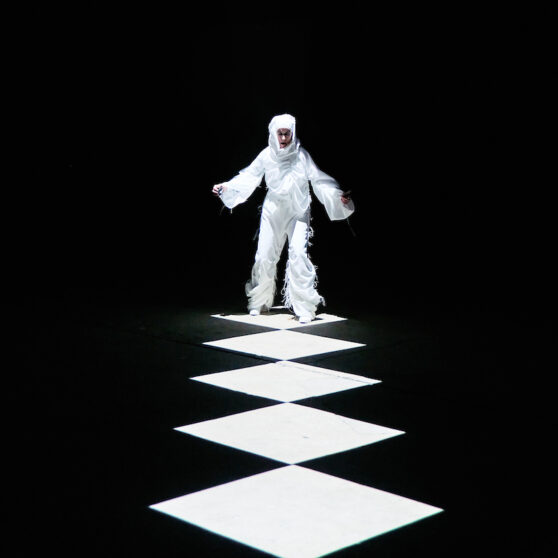
Heimspiel 2024
Press Preview at Kunstraum Dornbirn
Wednesday, 11 December 2024, 10:30 a.m.
Opening at Kunstraum Dornbirn
Thursday, 12 December 2024, 7 p.m.
For the third time, Kunstraum Dornbirn is taking part in the cross-border exhibition format “Heimspiel” 2024, which offers a platform for artistic creation in the field of visual arts in Vorarlberg, the Principality of Liechtenstein and the cantons of Appenzell Ausserrhoden and Appenzell Innerrhoden, St. Gallen, Thurgau and Glarus.
“Heimspiel” is an established cross-border exhibition format at the Four-Country Point, in which the participating cantons and countries join forces to make local contemporary art visible. Institutions with an international focus open their programmes every three years for group exhibitions with artists who have a connection to Vorarlberg, the Principality of Liechtenstein and the five cantons of Eastern Switzerland. The artists are invited to present their work by submitting a public call for entries in March 2024.
Five cultural institutions will be showing juried and curated exhibitions from the portfolio of applicants from 13 December 2024. In addition to the Kunstraum Dornbirn, which is taking part in the initiative for the third time, the exhibition venues are the Kunstmuseum St. Gallen and the Kunst Halle Sankt Gallen, the Kunstmuseum Thurgau’s Webmaschinenhalle Werk2 in Arbon and the Kunsthaus Glarus. The renowned and the new, the established and the experimental alike, have their place here. There will also be an “open studios” weekend, during which all participating artists are invited to open their workspaces to the public.
The exhibition cooperation is intended to foster encounters, networking, communication and international exchange. The programme of Kunstraum Dornbirn focuses on extensive spatial installations and environments created by national and international artists, which are usually specifically designed for and produced in the space. In “Heimspiel”, we depart from this programmatic focus.
For more information on the exhibition venues and events in conjunction with “Heimspiel”, please visit www.heimspiel.tv
Press material
Reproduction conditions
The image files are available to you in the context of announcing and reporting on the exhibition “Heimspiel” at Kunstraum Dornbirn (13 Dec 2024 – 4 Feb 2025). Reproductions must be accompanied by the name of the artist, the title and date of the work, the copyright and, where indicated, the name of the photographer. Please note here the specifications accompanying the respective caption. Reproductions may not be cropped, overprinted, toned or treated derogatively in any way, or used for marketing or promotional purposes without prior permission from the copyright holder. Please don’t hesitate to contact us if you have any questions regarding the context, usage or content of the images: Sina Wagner, sina.wagner@kunstraumdornbirn.at.
Press Images
Downloads




















